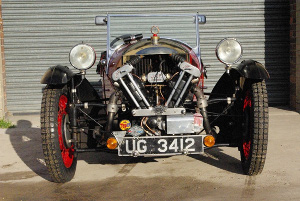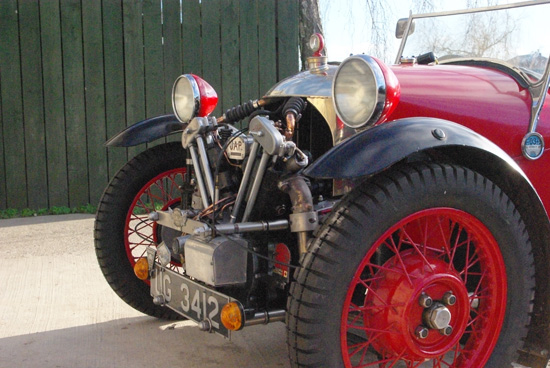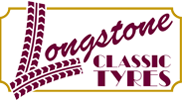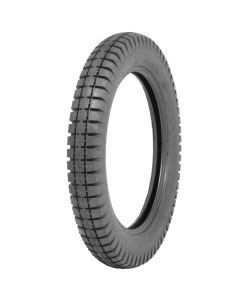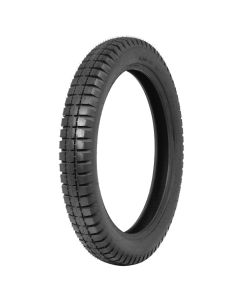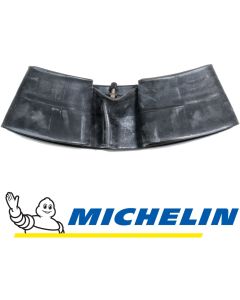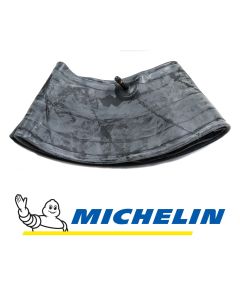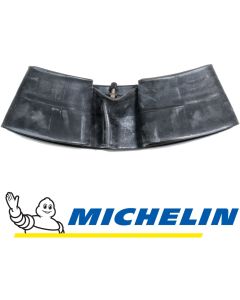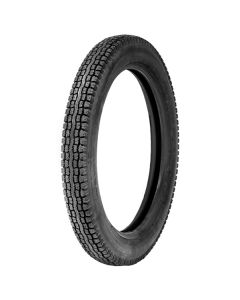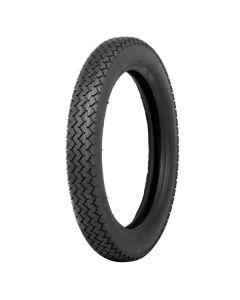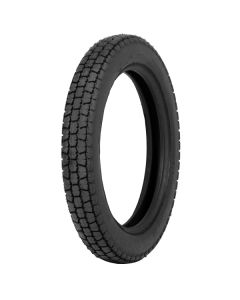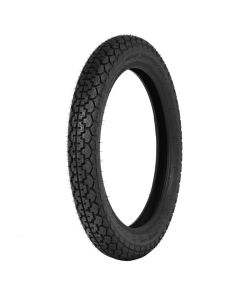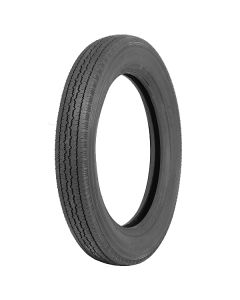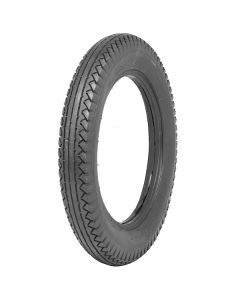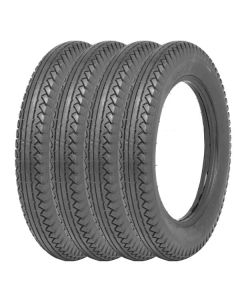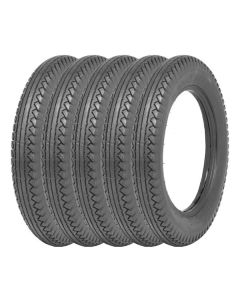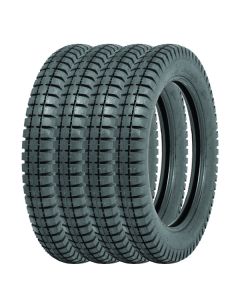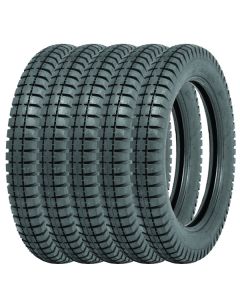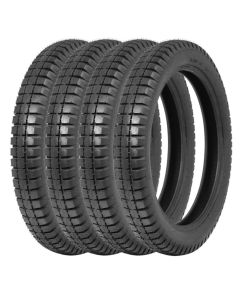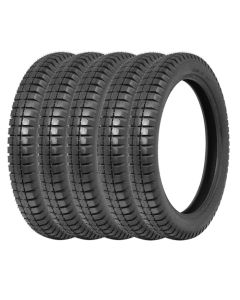Morgan 3 Wheeler Tyres
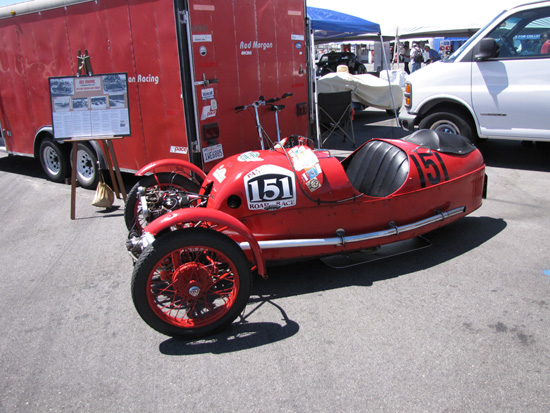
Classic Morgan 3 Wheeler 1911–1939
- For a Morgan 3 Wheeler on 18" wheels We recommend the 4.00/4.50 x 18 Longstone as the best tyre for the Morgan Three Wheeler.
- The Morgan 3 Wheeler fitted tube-type wheels throughout its production, innertubes are required for these wheels.
- We suggest either the Michelin Kleber Offset Valve innertube, or the Michelin 18MFR Central Valve innertube, depending on your wheel type.
- Longstone's suggestion for a 3 Wheeler on 19" wheels is the 3.50 x 19 Longstone which will offer the best performance in this size.
- These tyres are best equipped with a set of Michelin 19MF innertubes.
Morgan 3 Wheeler Tyres Explained
Morgan 3-wheeler tyres
History of the Morgan 3 Wheeler
The Morgan Motor Company was founded in 1910 by Harry Frederick Stanley Morgan, also known as "HFS," and was operated by him until his death in 1959, at the age of 77. H.F.S. Morgan's son, Peter Morgan, oversaw the firm until his death in 2003. Charles Morgan, Peter Morgan's son, presently runs the corporation.
In 1909, H.F.S. Morgan designed a three-wheeled runabout with seating for one. Morgan designed the vehicle for his own personal usage and to satisfy his own requirements. The little car quickly gained popularity, and demands were made to construct additional prototypes. Production began once he patented his ideas.
At the 1911 Olympia Motor Show, two prototypes were on display. One model was powered by a single-cylinder engine that produced around 4 horsepower. The second model included a twin-cylinder J.A.P. engine that quadrupled the horsepower of the single-cylinder model. The automobiles were appealing and drew a lot of attention, but it quickly became clear that a two-seater would be more marketable.
The first automobiles were thought to be cyclecars. Three-wheeled vehicles were categorised as motorbikes in order to escape the British automobile tax. Cyclecars became less appealing due to competition from compact cars such as the Austin 7 and the first Morris Minor, which offered comparable efficiency and affordability as well as improved comfort.
Morgan obtained the required machining tools and developed additional facilities the next year to satisfy the demand. The vehicles had a lot of success in races and hill climbs. Following the success of the agile cars, racing aficionados were keen to have one for themselves. Around 1913, Morgan created special racing versions of his Morgan cyclecars that were longer and had the seat situated lower into the chassis. W.G. McMinnies, the then-editor of "Cyclecar" magazine, won the Cyclecar Grand Prix at Amiens in a specially adapted Morgan; shortly after, a new model, the "Grand Prix," was produced.
The Morgan cyclecar's next incarnation was a four-seater version designed by Morgan for his family's usage. Once again, the idea proved fitting, and variants were quickly produced for sale, which would last until 1937.
For many years, Morgans were equipped with two gears and a two-chain drive. The engines were taken from motorcycles and mounted in the front, where they were either air-cooled or liquid-cooled. For the majority of the vehicle's existence, little upgrades were required or implemented. Modern conveniences like starters and electric lighting were added to the cars, but the chassis remained mostly unchanged. A three-speed variant with one chain drive was introduced at the turn of the 1930s. The F-Series debuted in 1932 and remained in production until 1952. Ford provided four-cylinder engines and a press-steel chassis for these models. During this period, further variants of this design were developed, notably the F-2 and F-Super.
